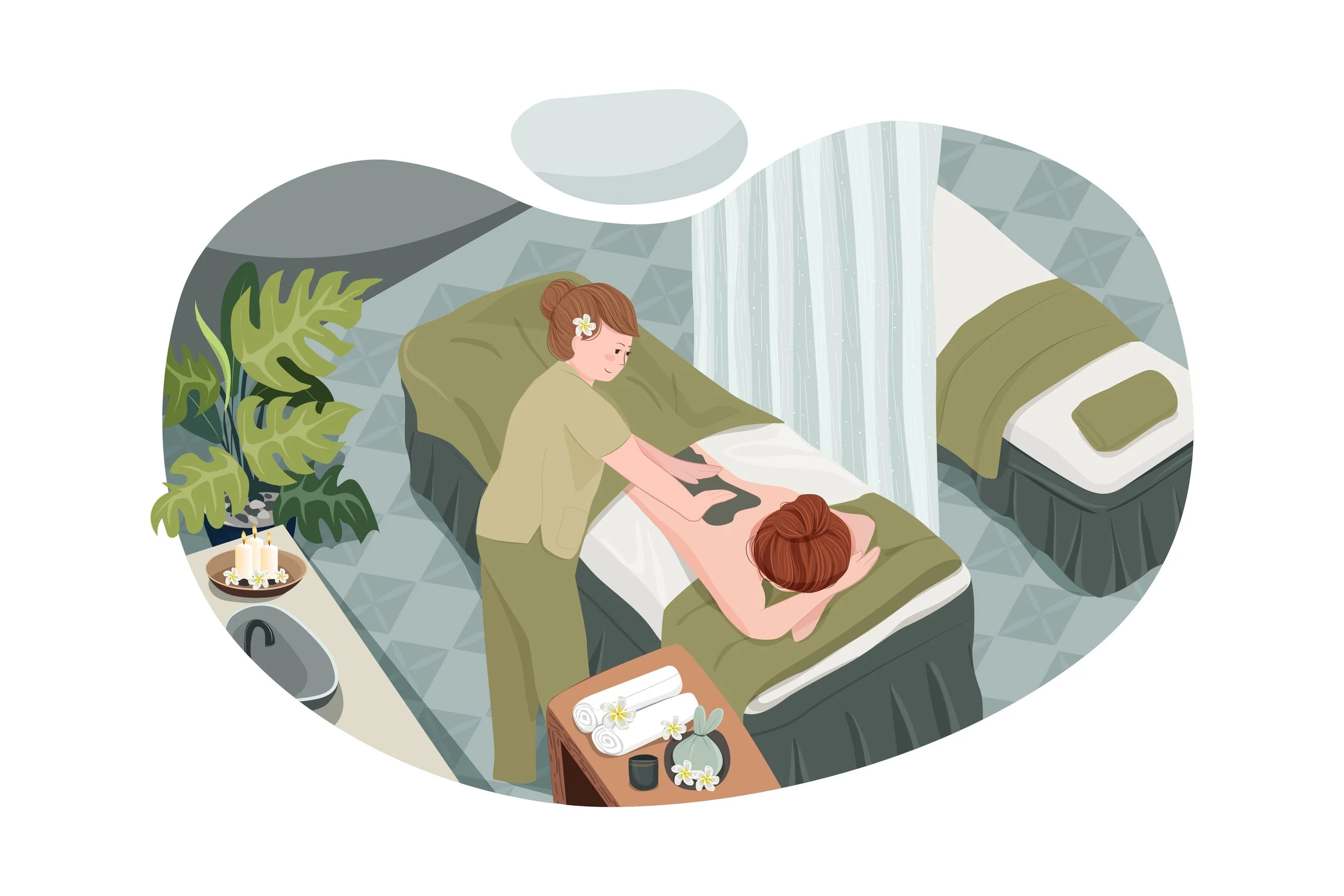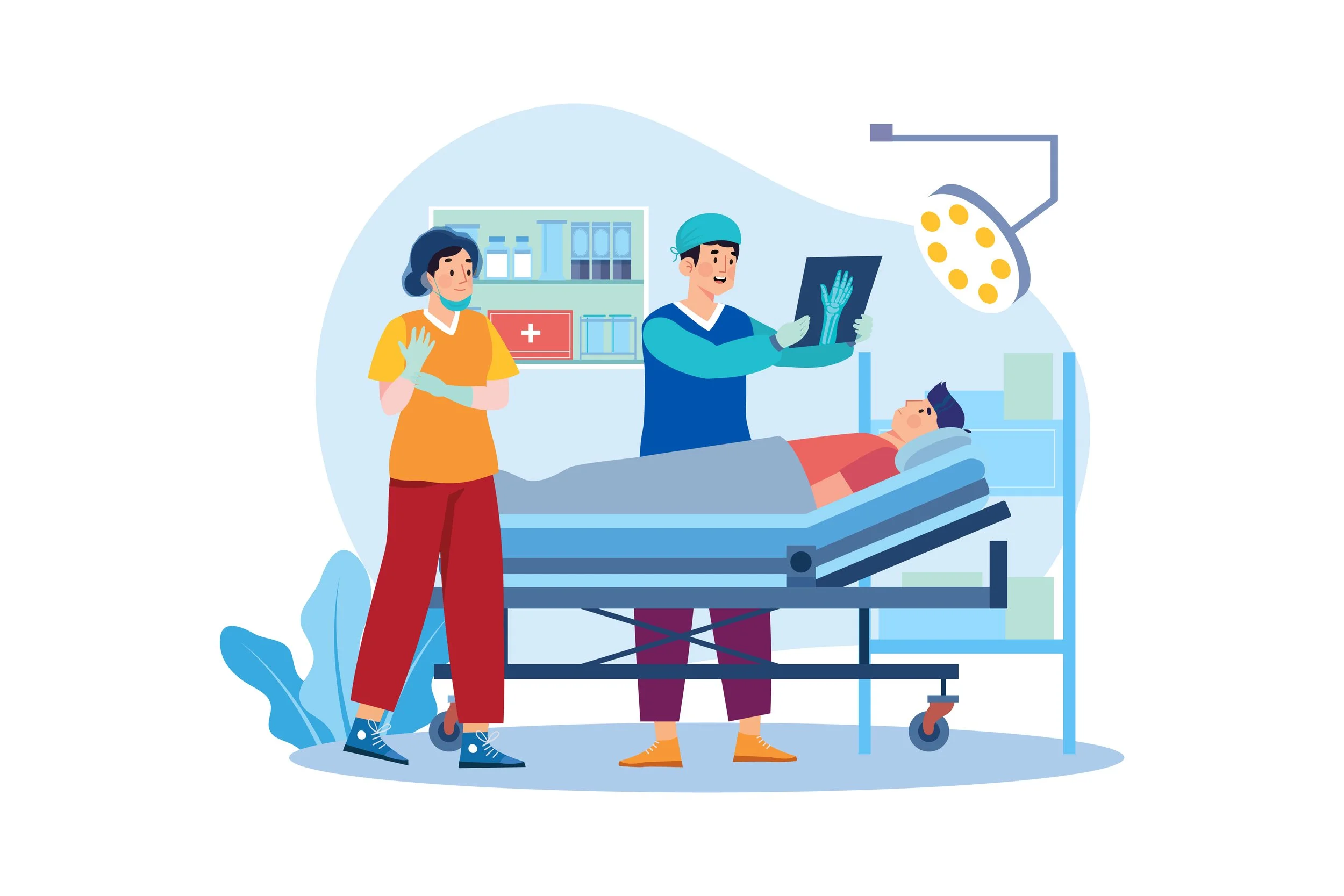Almost all of us carry stories on our skin, etched in the form of scars. While some may tell tales of resilience and courage, scars can also be bothersome and limit movement. When our friend Mary Ellen donated a kidney to her daughter, her doctors stressed the importance of movement, walking, and regaining strength. But there's another often-overlooked aspect of post-transplant care: scar massage.
Understanding scars and their impact
As a wound heals, scar tissue builds up. After a surgery, your body's natural healing process kicks in as soon as the surgical incision is closed. While this is essential for repair, excessive scar tissue can restrict your range of motion. In the chest or abdomen, this can lead to shortness of breath, movement difficulties, and pain.
What is a scar?
A scar is the fibrous tissue that forms in response to an injury, including surgical incisions. The healing process takes up to one or two years to fully complete and involves three stages:
Inflammatory stage: Characterized by swelling, redness, and pain, typically lasting a few days.
Proliferative stage: Also known as the regeneration stage, where the body closes the wound gap. This takes two to three weeks.
Maturation stage: Starts when the wound is closed and can take six months to two years. This is where scar tissue forms and can cause restrictions if not managed.
The benefits of massage for scars
The benefits of massage for scars are numerous. Studies have shown that it can:
Reduce pain and discomfort
Improve range of motion
Soften and smooth scar tissue
Decrease redness and inflammation
Boost circulation and lymphatic drainage
Enhance overall skin health
Scar massage is a simple yet powerful technique that helps prevent your scar from becoming hard, raised, or adherent to underlying tissues, so it doesn’t limit movement as much. Massage can also help desensitize the area, to reduce tenderness and pain.
The American Massage Therapy Association has compiled some interesting research on the effectiveness of massage for scars.
How to perform scar massage
After getting the green light from a health care provider, you can do basic scar massage at home. Wait until your wound has fully healed—don’t massage if you still have staples, steri-strips, or scabs.
Use the pad of your thumb or fingers directly on the scar.
Rub in a circular motion, applying enough pressure to move the scar and skin, not just glide over it.
The skin should get paler under your finger, indicating proper pressure.
Continue in this manner up and down the scar, then move to the surrounding areas, massaging in all directions.
Perform scar massage daily for the first six months, then three to four times a week until the scar matures (becomes pale pink and flat).
Additional tips
Moisturize: Keep your scar hydrated with gentle, fragrance-free lotions like Eucerin or cocoa butter. Apply after massage to avoid slippage.
Use sun block: Scars are more prone to sunburn. Cover them for the first year and apply sunscreen afterward.
Listen to your body: Stop massaging if you experience blistering, open areas, or a rash. Consult your therapist if unsure.
“Massage therapy, when included alongside other therapies focused on helping people manage scars, is showing real promise in helping clients not only get relief from some common scar side effects, like pain and itching, but also help them get more comfortable with touch.”
We really want you to enjoy these posts and find them useful. Let us know if you’d like us to cover a specific topic. Hope you had a wonderful holiday season.
Come visit us at Parkside
Come see our expert team at Parkside Clinic where we tailor our care to your specific condition and tap into your body’s natural healing ability. Make an appointment, or if you have any questions, contact us.




